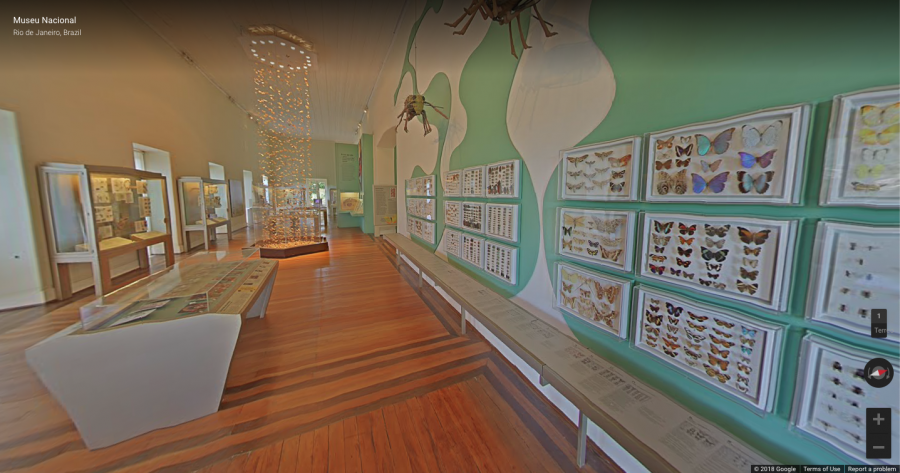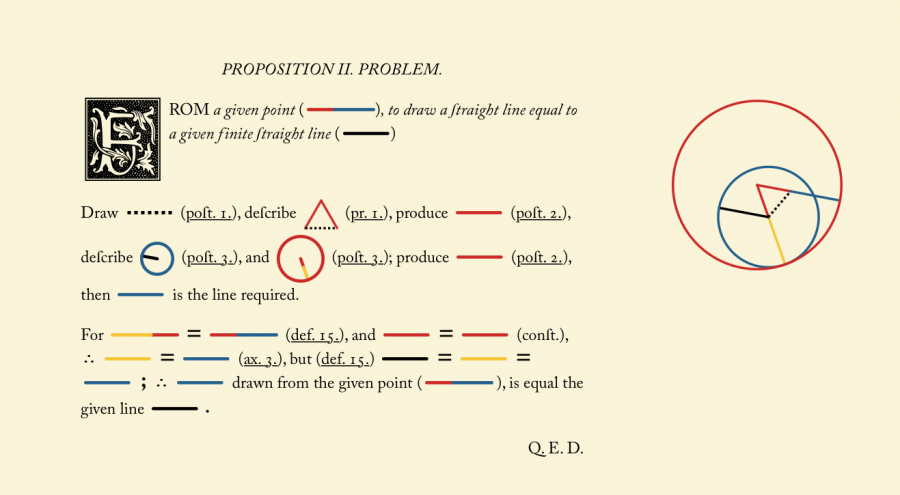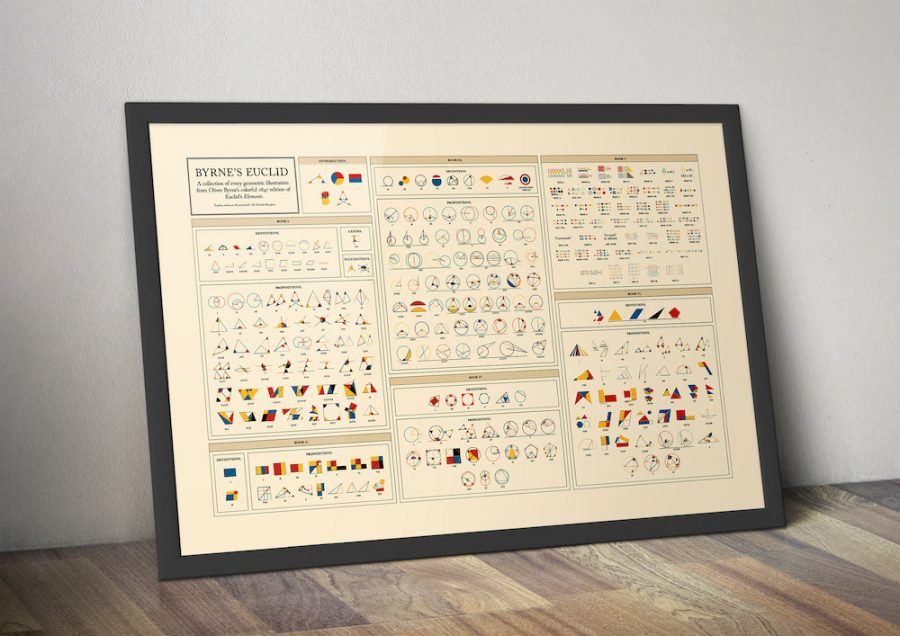They may not surprise the average market analyst, but the gaming industry’s figures tell a pretty compelling story. Newzoo estimates that “2.3 billion gamers across the globe will spend $137. 9 billion on games in 2018.” VentureBeat reports that mobile games account for over 50 percent of the total. Currently, “about 91 percent of the global market is digital, meaning that $125.3 billion worth of games flows through digitally connected channels as opposed to physical retail.”
That’s a lot of virtual dough floating around in virtual worlds. But this vast and rapid growth in digital gaming does not mean physical games are going away anytime soon—and that includes cards, board games, and other tabletop games, a market that has “surged as players have grown jaded with the digital screens they toil over during the work day,” wrote Joon Ian Wong in 2016.
Venture capital is flowing into board game development. Tabletop bars and cafes are popping up all over the world, encouraging people to mingle over Scrabble and Cards Against Humanity. It seems the time is just right to revive the oldest playable board game in the world. If someone hasn’t already launched a Kickstarter to bankroll a new Royal Game of Ur, I suspect we’ll see one any day now. At least four-and-a-half-thousand years old, according to British Museum Curator Irving Finkel, the Royal Game of Ur was probably invented by the Sumerians. And it seems like it might still be a blast, and a considerable challenge, to play.
“You might think it’s so old that it’s irretrievable to us, that we’ve got no idea what it was like playing, what the rules were like,” Finkel says in the video at the top, “but all sorts of evidence has come to light so that we know how this game was played.” He promises, in no uncertain terms, to wipe the floor with YouTuber Tom Scott in a Royal Game of Ur showdown, and Scott, who has never played the game before, seems at a decided disadvantage. But watch their contest to see how the game is played and whether Finkel makes good on his threat. Along the way, he liberally shares his knowledge.
For a shorter course on the Royal Game of Ur, see Finkel’s video above. It takes him a couple minutes to get around to introducing his subject, the discovery and deciphering of the “world’s oldest rule book.” A consummate ancient history detective, Finkel describes how he decoded an ancient tablet that explained a game, but which game, no one knew. So, the dedicated curator tried the rules on every mysterious ancient game he could find, till he landed on the “game of twenty squares” from Mesopotamia. “It fitted perfectly,” he says with relish. See the original board, pieces, and dice from about 2500 BC, and learn how Finkel had been searching for its rules of play since he was 9 years old.
For more of Finkel’s passionate public scholarship, see him demonstrate how to write in cuneiform and read about how his work on cuneiform tablets led to him discovering the oldest reference to the Noah’s Ark myth.
Related Content:
Josh Jones is a writer and musician based in Durham, NC. Follow him at @jdmagness.










